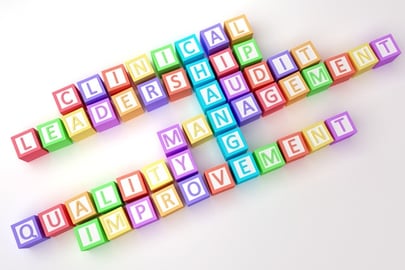The word Audit is usually enough to send shivers down the spine of the world’s biggest and most successful organisations. But for security, prosperity and competitive advantage, audits of systems and practices needs to be done, often, efficiently and successfully.
Done properly Audits will affirm the things you are doing right and point out ways to increase efficiency and results. Audits are an eye opening examination of your organisations procedures and controls, and while the initial cost may sometimes appear expensive when weighed against the benefits the cost can easily be recouped.

Who is the one to blame if your organisation gets hacked? Even if you comply with audits, if they are not done correctly, the blame and heat will still stay with the person in control over company information and client details, websites etc.
The following article is a how to guide on managing a successful audit, by following these steps you can ensure that you get the most out of your IT audits.
Establish Security baseline.
- Businesses are built on strong security policies, but with technology changing so rapidly assessments on an annual basis minimum a necessary to ensure that your security guidelines are being met. Annual audits will establish a security baseline at which you can measure your company’s progress (and also evaluate the professional advice you were given from the previous year). The level of risk discovered should be roughly consistent with the year before or be declining over time.
If you do not have years of audits to define your baselines it is a good practice to start with have two or more separate auditors to confirm findings. - Have set and clear objectives of what you want to achieve from an audit.
Having set and clear objective for what you want to achieve, minimises the risk of a breach happening outside the scope of your audit. By setting clear guidelines, the external auditor knows exactly what they need to cover. - Be selective with who you hire to perform the audits.
It is always tempting to try and cut costs by employing internal staff to complete audits. This is not recommended – outsiders are more likely to spot problems missed as they have not worked on the systems full time.
Technical audits identify risks to the technology platform by reviewing not only the policies and procedures, but also network and system configurations. Make sure auditors rely on experience, not just checklists. - Be transparent with business managers to ensure full compliance
On-boarding unit managers, for an audit, you can minimise the risk of compliance issues, should the auditors request specific information. Set ground rules in advance of the audit and prepare your company and organisation managers for the audit.
The purpose of audits is to get an accurate snapshot of your business as it is now it determine whether IT controls protect corporate assets, ensure data integrity and are aligned with the business's overall goals.

We’re creating a business that provides unlimited potential for our team. We believe that each and every team member has an equal opportunity to play a strategic and impactful role.
GET IN TOUCH